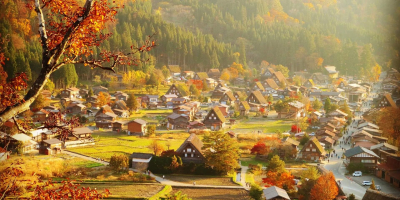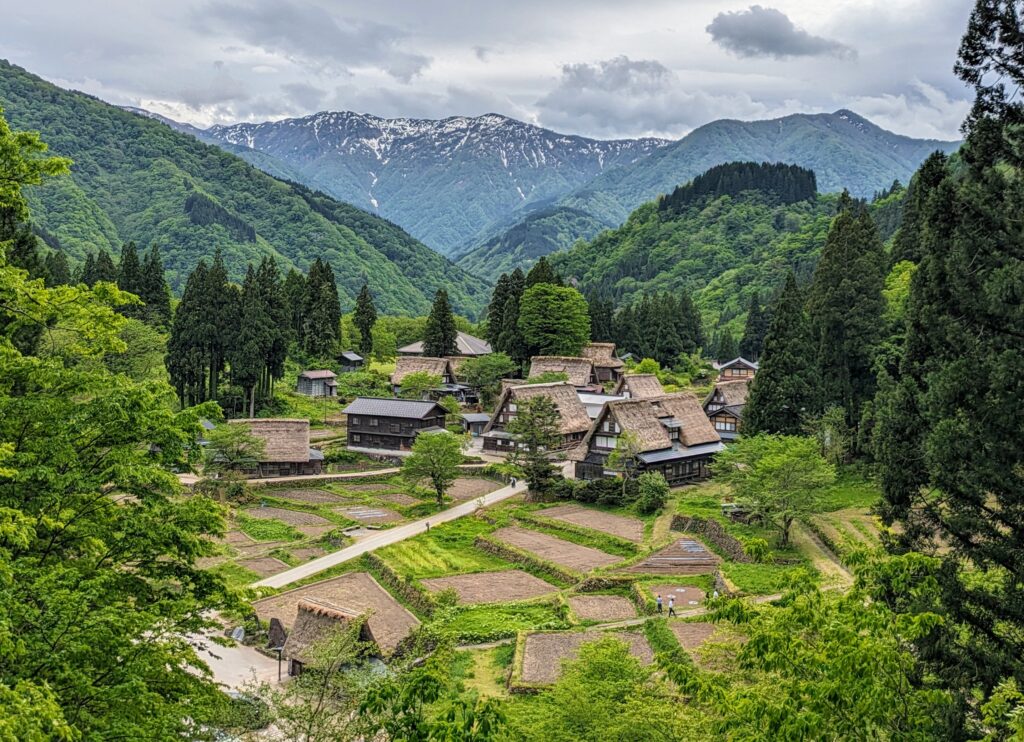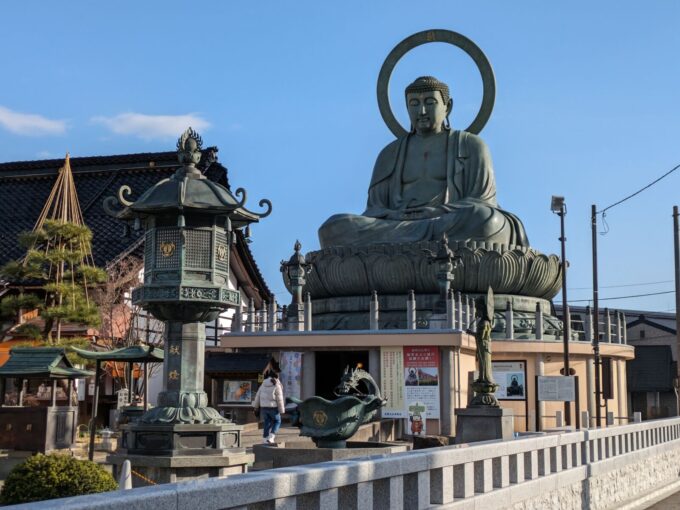Experience the culinary heart of Japan's Sea of Japan coast in Toyama Prefecture, a region celebrated for its exceptional seafood and unique local dishes. Toyama Bay provides an incredible bounty of fresh ingredients, from the "Jewel of Toyama Bay" white shrimp to the glowing firefly squid. Beyond the sea, the prefecture offers specialties like the iconic masuzushi, a type of pressed trout sushi, the silky smooth Himi udon and the bold, savory flavor of Toyama Black Ramen. A journey through Toyama's food scene is a delightful exploration of flavor, tradition, and pristine natural resources.
Seafood
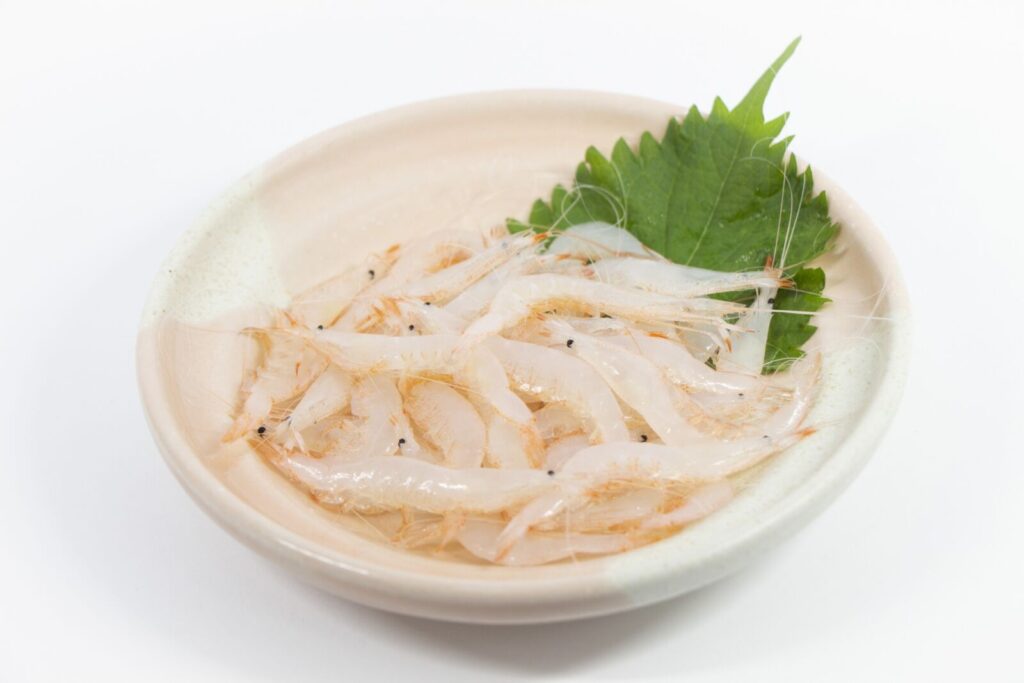
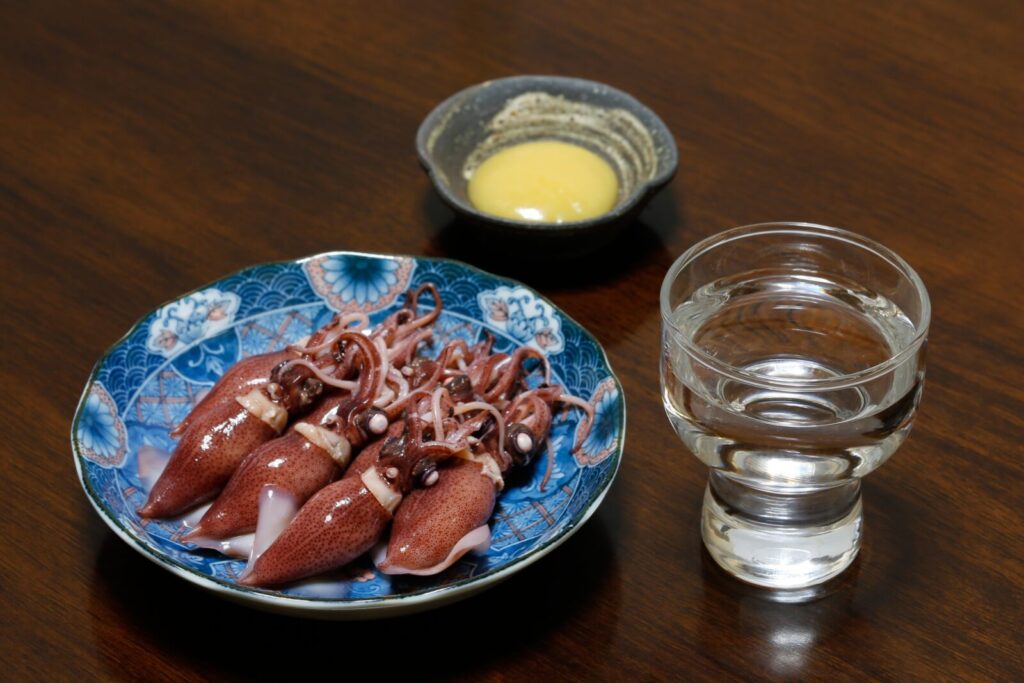
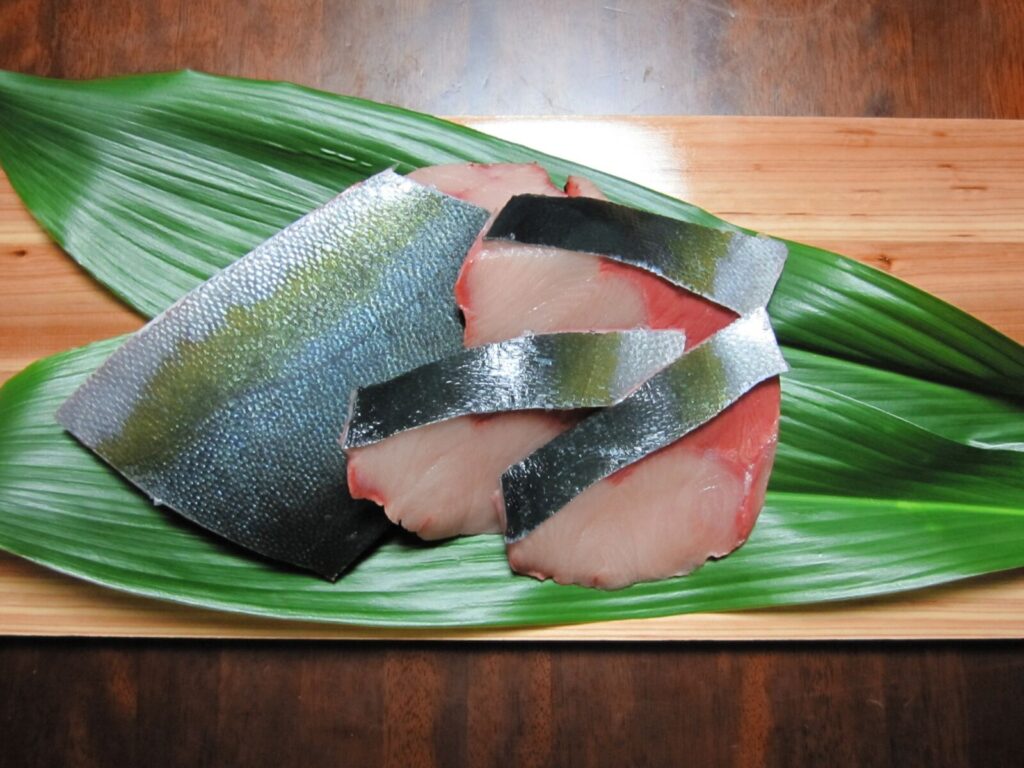
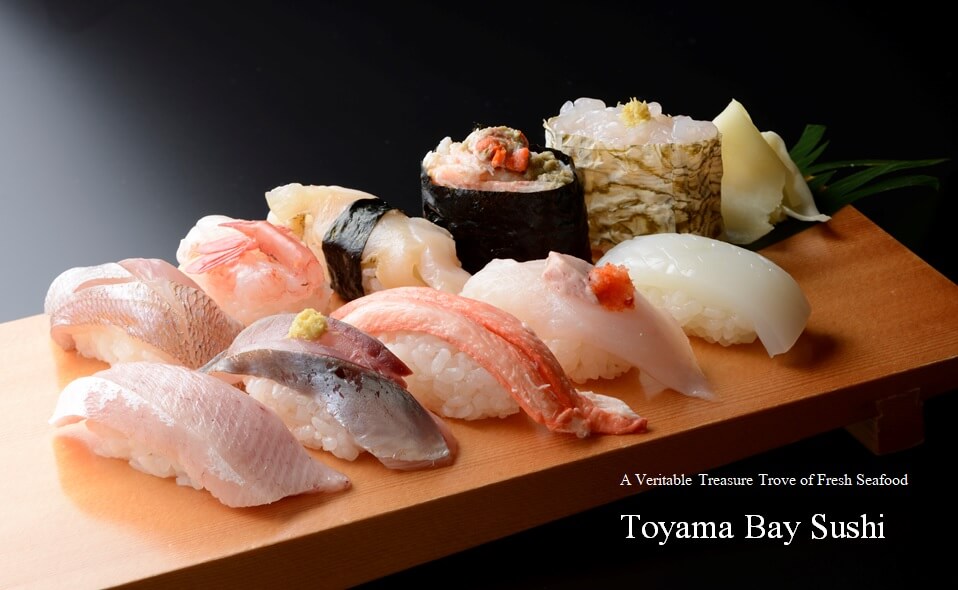
For Japanese people, Toyama is a name synonymous with incredible seafood. The seafood found here is a direct result of the unique environment of Toyama Bay, sometimes called a "natural fish tank." The conditions on this particular part of the strait bring a wide array of seafood to the region's fishermen. Most notable to Toyama are the white shrimp, known for their delicate sweetness; firefly squid, a spring delicacy famous for its bioluminescence; and winter yellowtail, which gets fattier in the winter months and is prized for its rich flavor.
Masunosushi (Pressed Sushi)
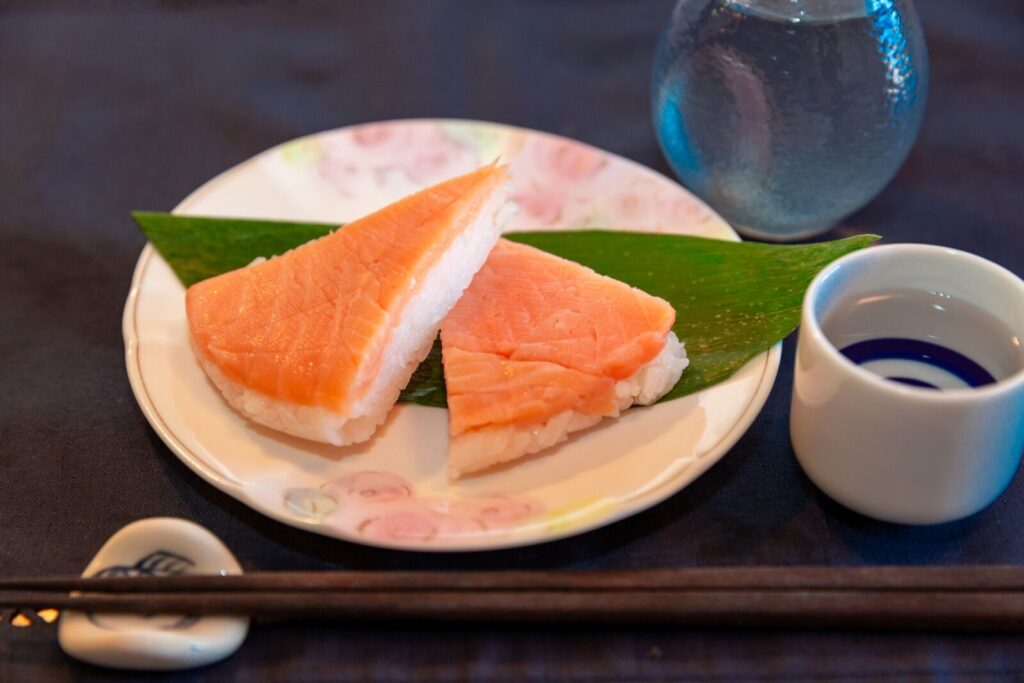
Masunozushi, or oshizushi in other parts or Japan, is one of Toyama's most famous and beloved specialties. It is a unique style of pressed sushi that is a popular souvenir and local delicacy. This dish is made by layering vinegared rice and thin slices of cured trout in a round wooden box, or wappa, and then pressing the entire assembly firmly. What makes masunozushi particularly distinctive is its wrapping in bamboo leaves, which not only gives the sushi a lovely, fragrant aroma but also helps preserve it. The result is a compact, beautiful, and flavorful dish that is traditionally cut like a cake into wedges for serving. It's a testament to Toyama's culinary heritage, blending local ingredients with traditional preservation techniques.
Black Ramen
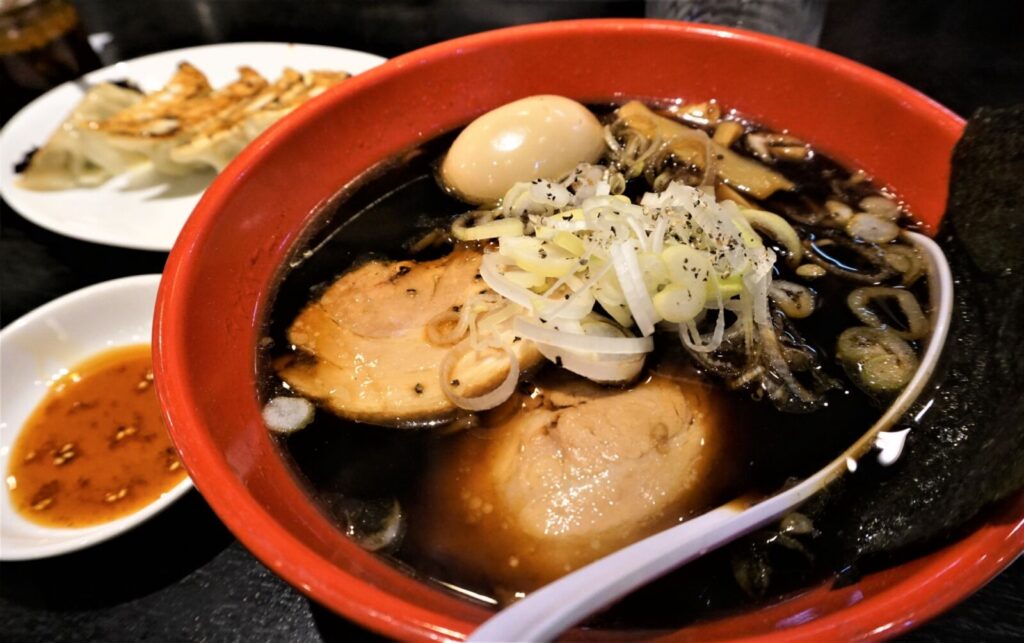
Toyama Black Ramen is a celebrated local ramen with a distinctive jet-black broth that makes a strong first impression. Originally created after World War II for laborers, the broth was made with a heavily thickened soy sauce to provide a salty taste that would help them replenish lost sodium. While the initial version was quite salty, modern renditions have often toned down the saltiness to create a more balanced and drinkable soup, while still retaining the rich, savory flavor. It's typically served with thick noodles, chashu (braised pork), and a generous topping of shredded green onions and a sprinkle of black pepper, all of which contribute to its bold and pungent taste. There are plenty of places around Toyama Station that serve Black Ramen so it is pretty easy to find!
Himi Udon
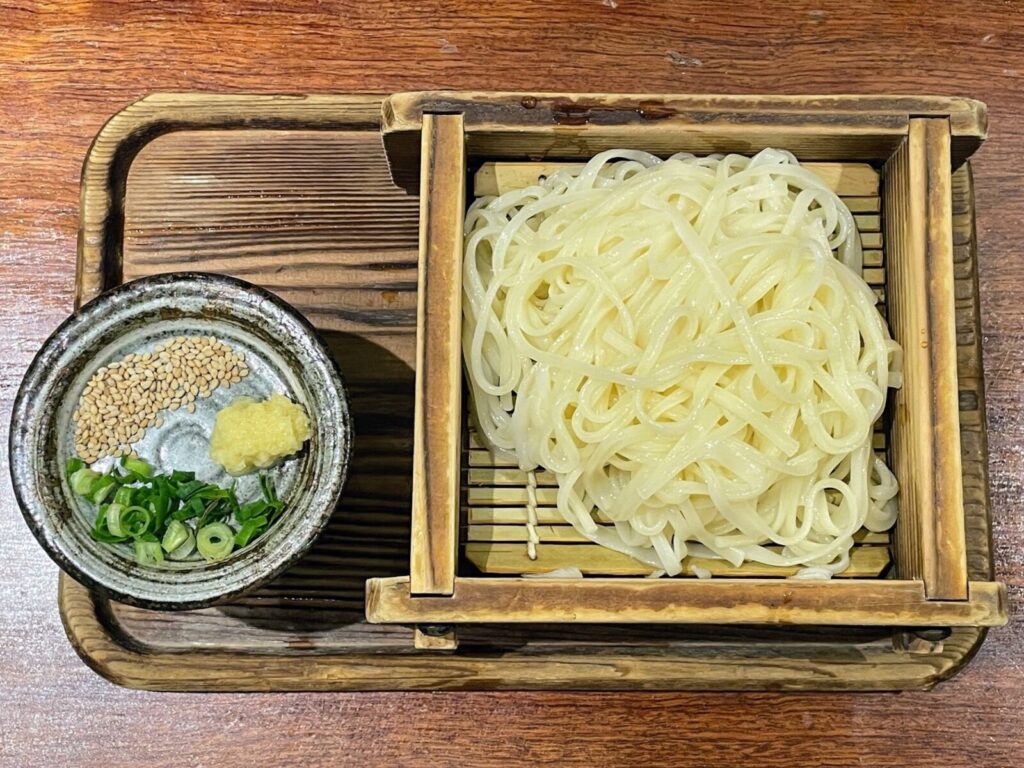
Himi udon, originating from the city of Himi in Toyama Prefecture, is a celebrated variety of noodle that stands out for its unique production method and texture. Unlike many other types of udon that are cut from a sheet of dough, Himi udon is meticulously hand-pulled and stretched repeatedly, a technique that gives the noodles their signature silky-smooth surface and firm, chewy bite. This hand-stretching process, which is said to have roots in somen noodle making, results in a thin, elegant noodle that is also remarkably resilient. Often enjoyed either hot in a delicate broth or chilled with a dipping sauce, Himi udon is praised for its ability to hold its texture and its clean, pure flavor, which is a testament to the high-quality local water used in its creation. The Himi Banyagai is a good place to try some!
Frequently Asked Questions
I have allergies, should I be worried about eating food in Toyama?
Because seafood is so popular here, many of the restaurants around Toyama use seafood in their cooking. Be especially careful around soups, broths and sauces. Like most Japanese food, egg is also a common ingredient. Udon and Ramen both also include wheat so be careful if your are celiac.
If you have any food requirements, take special care as you travel around Japan! If necessary, make a card explaining your allergy and shops will be able to advise you on what is and isn't safe.
Is the taste of Masunozushi(pressed sushi) the same as regular sushi?
Masunosushi(Oshizushi) is a type of pressed sushi with a firm, dense texture where the ingredients and rice are compacted together. In contrast, nigiri is hand-formed sushi with a delicate texture, designed to highlight the fresh, pure flavor of the topping.
What is the best way to eat the white shrimp?
If you enjoy the taste of shrimp, sashimi style is great. The taste of the shrimp are a bit sweet so they are great on their own. If you are not a fan of shrimp but want to try it, then fry it! The usual shrimpy taste is not strong at all and is more sweet, as mentioned before.
What is there to do in Toyama Prefecture?
Our "Things to Do in Toyama" page has everything you need to get started! The city is located conveniently between the mountains and the sea, so there is easy access to either scenery. If you're looking for a skiing, check out our "Best Ski Resorts in Toyama" or if onsen are more your things check out "Best Onsen Hot Springs in Toyama!" Nature types might be interested in our "Best Spots for Autumn Leaves Around Toyama" guide for fall foliage photography! If it's not just museums, but shrines and temples that you're interested in, you should have a look at our "Best Goshuin near Toyama" to get more info about the red stamps that are growing in popularity as well as the general "Best Shrines and Temples in Toyama."






